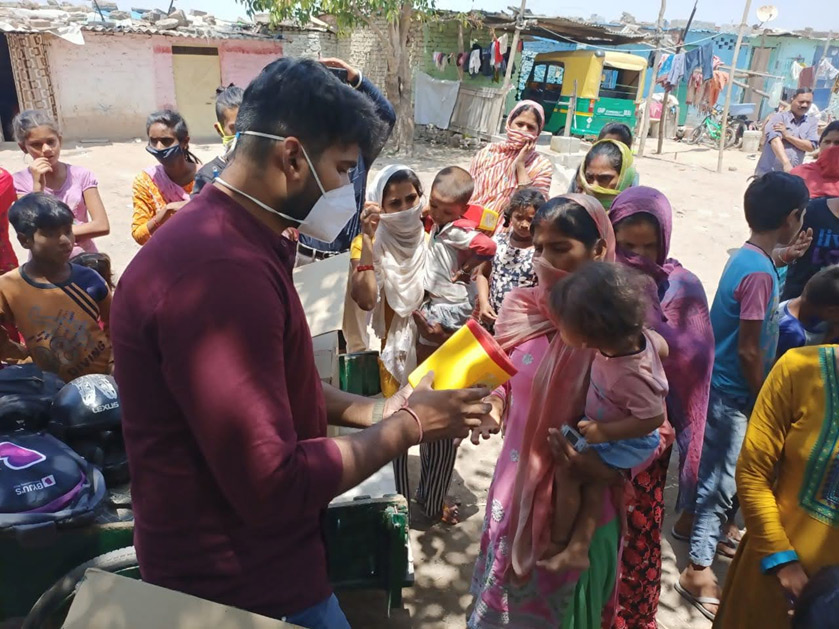There is a developing recent fad among business ventures. A great deal of organizations is inclining towards being all the more socially dependable. Today we find an ever-increasing number of organizations embracing, as a piece of their centre tasks, a particular social mission, not fully intent on creating a gain, but rather to add to making the earth a superior spot to live. These are the social business visionaries.
Executing creative methodologies to fuel positive social activity is social entrepreneurship. There are various kinds of social innovative associations, including for-benefit and non-benefit associations. Certain experts who have their own confidential practices offer their social types of assistance to networks deprived on an unconstrained premise. As we break down the way that these associations work, the power and potential behind them becomes obvious. There are various models on which the endeavours of social business visionaries depend on.
Models of Social Entrepreneurship
Social Area Business
A “Social Area Business” is a business run for benefit which coordinates a social mission with centre around expanding benefits. The assistance presented by such organizations or the items showcased by them are equipped towards tending to explicit social necessities. These organizations are likewise alluded to as NJFP or Not Only for Benefit. These associations pay their direction through their own profit.
The Grameen Bank is one of the best instances of this specific social Entrepreneur Alternative model. It was established in the year 1983 by Muhammad Yunis to assist the poor in rustic Bangladesh with acquiring microloans without guarantee. The progress of this model is obvious with the 7 million borrowers as of December 2007 and the 95% reimbursement rate. That reimbursement rate is incredible! Acquiring enormous benefits was by all accounts not the only advantage of this adventure either, this bank was granted the lofty Nobel Harmony Prize.
Procured Pay Non-benefit
Another model is the Procured Pay Non-benefit in which the association is focussing on a social mission and creates gains by offering own items and services to those can manage the cost of it. They don’t rely upon gifts and awards. These associations are alluded to as ‘social ventures’.
An illustration of this social entrepreneurship model is the Delancey Road Establishment. This establishment was started in the year 1971 by John Maher and Mimi Silber to help ex-convict, substance victimizers and destitute in San Francisco. This association depends on no administration subsidizing. Clients carry on organizations and the benefits created goes towards financing this Cheap products deals. Truth be told, 65% of their subsidizing is from client organizations which incorporate a print shop and a trucking organization. This business, which decidedly affects something like 14,000 individuals, shows abilities and gives attractive work thoughts to clients to have an effect in their lives.
Free Practice
Free Practice is a model including proficient services gatherings of wellbeing specialists, legal counsellors and experts. They contribute towards a positive change in the general public by aiding clients who can’t bear to pay. The training brings in cash and subsidizes the people who can’t manage paying by charging the people who can. They likewise create assets by selling items or services or in any event, connecting for supports.








